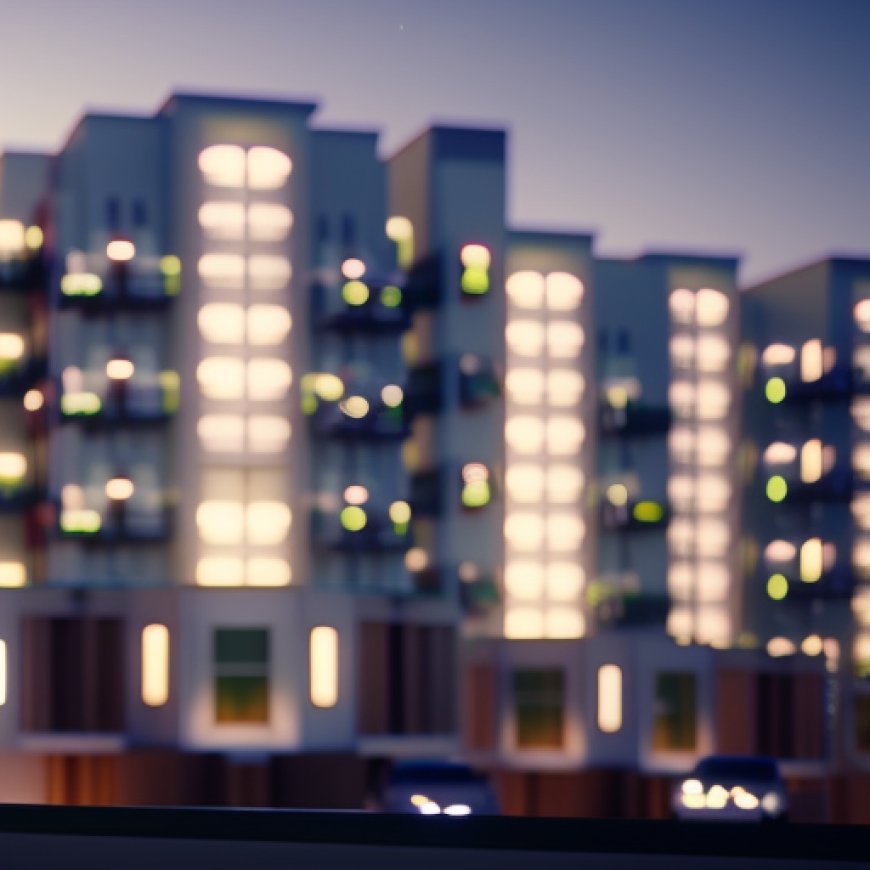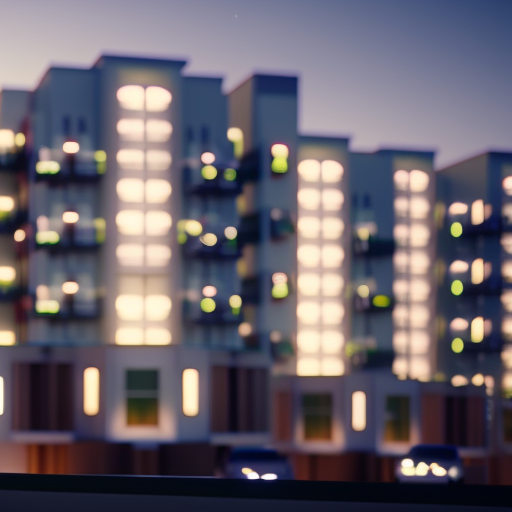La Brea Affordable Housing in West Hollywood is a contemporary take on art deco
La Brea Affordable Housing is a contemporary take on art deco Dezeen


Social Housing Revival: La Brea Affordable Housing Complex
Providing homes for people with disabilities and formerly houseless LGBTQ+ youth, our next Social Housing Revival case study set out to prove that low-cost housing in the US can look as good as upscale apartments.
Project Overview
Located in West Hollywood, the La Brea Affordable Housing complex is a five-storey, 50,000 square foot (4,650 square metre) mixed-use building completed in 2014 for the non-profit West Hollywood Community Housing Corporation. Tenants of its 32 residential units include people living with disabilities, young LGBTQ+ people with experience of homelessness and those living with AIDS and HIV.
Design and Features
The design of the La Brea Affordable Housing complex is simple yet distinctive. The architects, Patrick Tighe and John Mutlow, incorporated oversized ribbons and aquamarine-clad balconies into the building’s facade. The complex also features a landscaped courtyard and seating area at its heart.
Context and Social Integration
The design of the building was influenced by the surrounding 1930s art deco buildings along La Brea Avenue. The goal was to fit into the preservation environment of the area while also creating a positive addition to the community. The distinctive white ribbons wrapping around the building serve as visual markers, mark the building’s entrance, and pay homage to HIV and AIDS ribbons. The design also aims to reduce isolation and encourage social interaction among residents.
Sustainability and Accessibility
The La Brea Affordable Housing complex incorporates sustainable features such as solar panels on the roof to provide electricity and hot water for the units, reducing utility costs for tenants. The units also include accessible elements, such as doorbells that ring with light and sound, push-button doors, and rangehood operations placed on the front of the stove for wheelchair accessibility.
Challenges and Future Outlook
While there has been an increase in funds dedicated to affordable housing projects in Los Angeles, solving the housing crisis is a complex issue that goes beyond just providing housing. Support services, employment opportunities, and a lack of available jobs also contribute to the problem. The architects believe that creating a sense of home and community within affordable housing projects is crucial for residents to feel connected and invested in their living spaces.
Sustainable Development Goals (SDGs)
- No Poverty
- Zero Hunger
- Good Health and Well-being
- Quality Education
- Gender Equality
- Clean Water and Sanitation
- Affordable and Clean Energy
- Decent Work and Economic Growth
- Industry, Innovation, and Infrastructure
- Reduced Inequalities
- Sustainable Cities and Communities
- Responsible Consumption and Production
- Climate Action
- Life Below Water
- Life on Land
- Peace, Justice, and Strong Institutions
- Partnerships for the Goals
SDGs, Targets, and Indicators
1. Which SDGs are addressed or connected to the issues highlighted in the article?
- SDG 11: Sustainable Cities and Communities
- SDG 3: Good Health and Well-being
- SDG 10: Reduced Inequalities
2. What specific targets under those SDGs can be identified based on the article’s content?
- SDG 11.1: By 2030, ensure access for all to adequate, safe, and affordable housing and basic services and upgrade slums.
- SDG 3.3: By 2030, end the epidemics of AIDS, tuberculosis, malaria, and neglected tropical diseases and combat hepatitis, water-borne diseases, and other communicable diseases.
- SDG 10.2: By 2030, empower and promote the social, economic, and political inclusion of all, irrespective of age, sex, disability, race, ethnicity, origin, religion, or economic or other status.
3. Are there any indicators mentioned or implied in the article that can be used to measure progress towards the identified targets?
- Indicator for SDG 11.1: Proportion of urban population living in slums, informal settlements, or inadequate housing.
- Indicator for SDG 3.3: Number of new HIV infections among key populations.
- Indicator for SDG 10.2: Proportion of people living below 50 percent of median income.
Table: SDGs, Targets, and Indicators
| SDGs | Targets | Indicators |
|---|---|---|
| SDG 11: Sustainable Cities and Communities | Target 11.1: By 2030, ensure access for all to adequate, safe, and affordable housing and basic services and upgrade slums. | Indicator: Proportion of urban population living in slums, informal settlements, or inadequate housing. |
| SDG 3: Good Health and Well-being | Target 3.3: By 2030, end the epidemics of AIDS, tuberculosis, malaria, and neglected tropical diseases and combat hepatitis, water-borne diseases, and other communicable diseases. | Indicator: Number of new HIV infections among key populations. |
| SDG 10: Reduced Inequalities | Target 10.2: By 2030, empower and promote the social, economic, and political inclusion of all, irrespective of age, sex, disability, race, ethnicity, origin, religion, or economic or other status. | Indicator: Proportion of people living below 50 percent of median income. |
Behold! This splendid article springs forth from the wellspring of knowledge, shaped by a wondrous proprietary AI technology that delved into a vast ocean of data, illuminating the path towards the Sustainable Development Goals. Remember that all rights are reserved by SDG Investors LLC, empowering us to champion progress together.
Source: dezeen.com

Join us, as fellow seekers of change, on a transformative journey at https://sdgtalks.ai/welcome, where you can become a member and actively contribute to shaping a brighter future.







